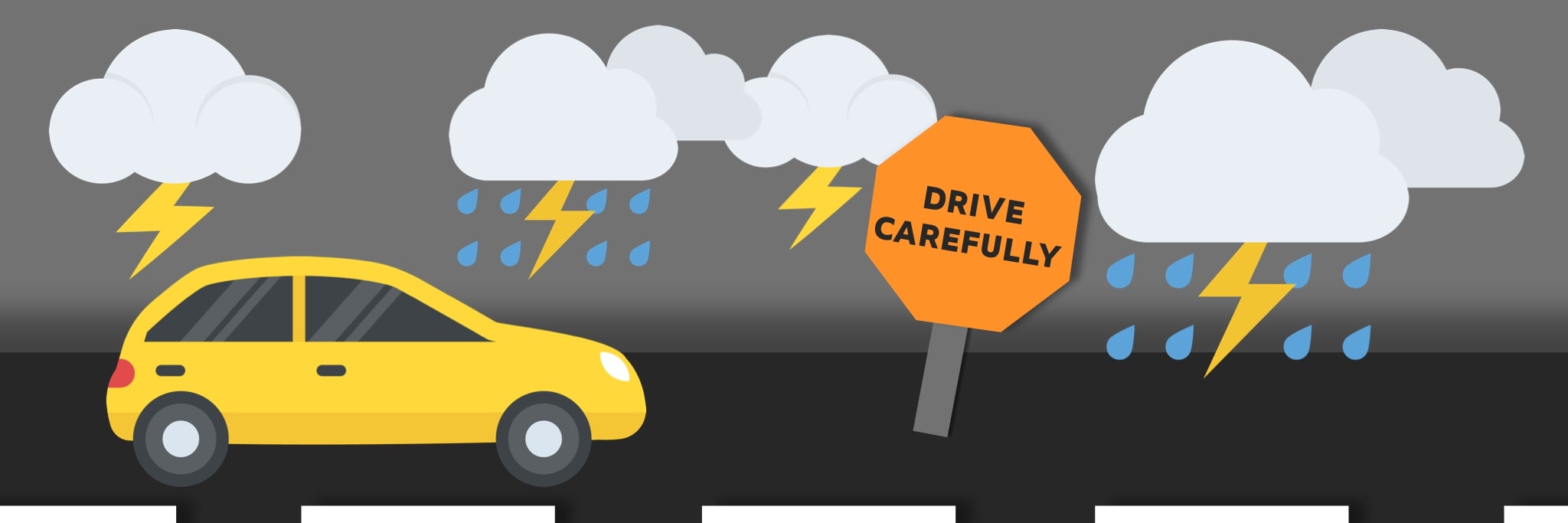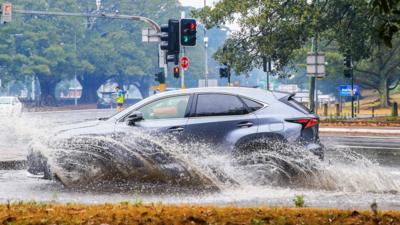
In Australia recently we have had severe storms and heavy rain and there is more to be forecast in the coming days.
Driving in wet weather can be challenging, it is important for road users to be mindful of these conditions when getting behind the wheel and prepare for the obstacles that may be ahead; Roads are slick, visibility is reduced and reaction times are slower which means it’s important that you take it easy on the road.
The first rain makes the road more difficult to drive on, as the contaminants and oil on the dry road are combined with the water it forms a slippery surface. Drivers are likely to experience reduced control and need to be extra careful for the first half-hour after it begins to rain.
In preparation before braving wet weather ensure your vehicle is equipped for the road ahead:
- Make sure there is sufficient air pressure and tread in your tyres (Tyre tread is designed to remove and displace water between the tyre and the road surface to maintain good grip when it’s wet.)
- Check your brakes
- Ensure that your windscreen wipers are functioning and in good order
- Switch on the air-conditioning and demisters to avoid the fog on front and rear windows (If vision is already poor, it’s important that you do everything you can to increase your ability to be able to see.)
- Turn on your headlights to low beam (It is essential that your vehicle is visible to other road users.
Once you are on the road:
- Maintain your distance from the vehicle in front of you (Give trucks and buses extra space, Tyres from large vehicles can splash enough water to block your vision completely.)
- Slow down (drive considerably slower than you normally would on dry roads.)
- Avoid hard braking or accelerating
- Watch out for Pedestrians and Cyclists
Lastly, if the rain is especially heavy and visibility is very limited it might be safer to wait before attempting to drive in hazardous conditions otherwise allow extra travel time and if other vehicles can't be seen at a safe distance, pull over in a safe area, wait for the storm to ease and keep your headlights and hazard lights on to alert other motorists.
It is better to be safe than sorry, please take extra care when driving in inclement weather.
